We had to share some photos from last Saturday’s Mr. Rogers Day event – too cute! Thank you to everyone who came out. We had so much fun. Stay tuned for more kids’ events at Gill’s!

We had to share some photos from last Saturday’s Mr. Rogers Day event – too cute! Thank you to everyone who came out. We had so much fun. Stay tuned for more kids’ events at Gill’s!

It’s time to transition our gardens as we leap into Summer! Here’s our top priorities for June, which include joining us for DeAnna’s garden talk this Saturday, June 4th at 10am. Bring your questions!
Check out our June Garden Guide for more tips and remember that trees, shrubs, and perennials can be planted 12 months out of the year! The only difference is the amount of water they need depending on temperatures and wind!
This Saturday, June 4th at 10am, DeAnna Baumgartner, Gill’s manager, master gardener, and Texas Certified Nursery Professional with 40 years of Coastal Bend gardening experience will share her best tips for Summer gardening. She’ll cover Summer planting, proper watering techniques, identifying and treating pests and other issues, fertilizing, and lots more. Bring your questions – DeAnna’s got answers. One attendee will win a $100 Gill’s gift card!
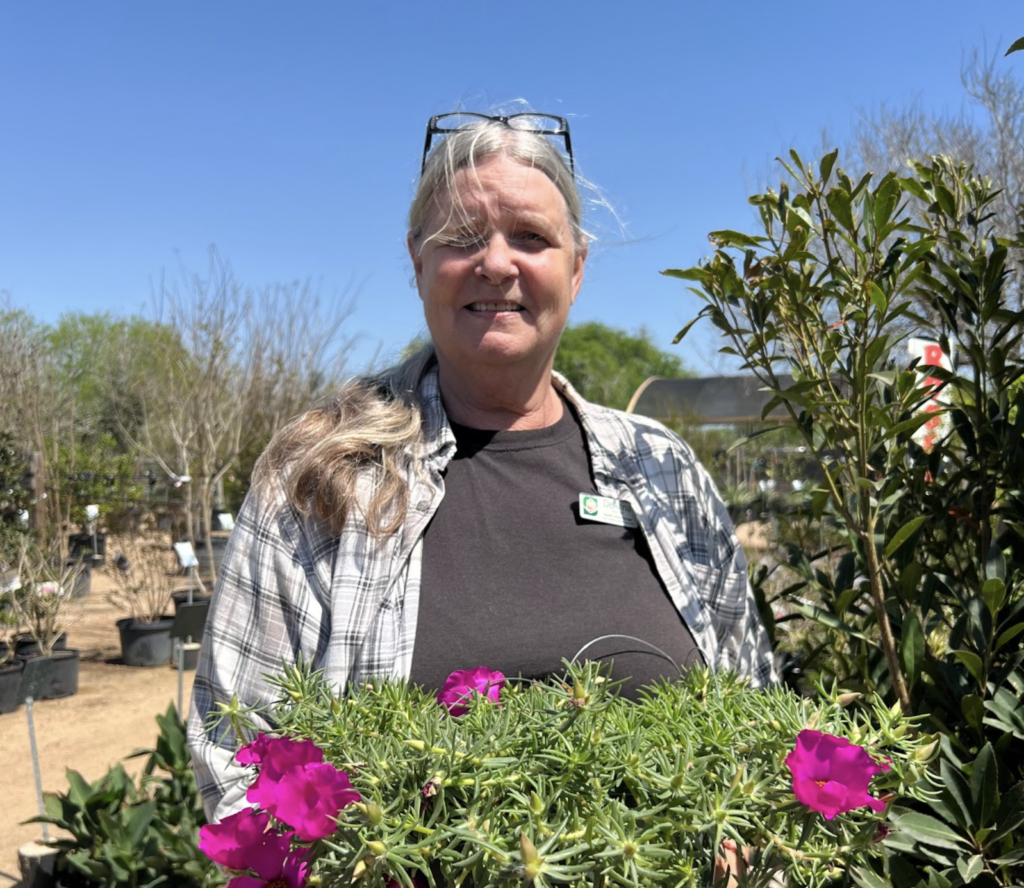
Revamp your old Spring annuals with some eye-popping, die-hard flowers for Summer. Flowers like Purslane, Zinnias, Moss Rose, Periwinkles, and Sweet Potato Vine will need water but thrive in our Summer heat. Try adding spineless Prickly Pear, Texas Sage, and other Summer-lovers that add color and form to landscapes.
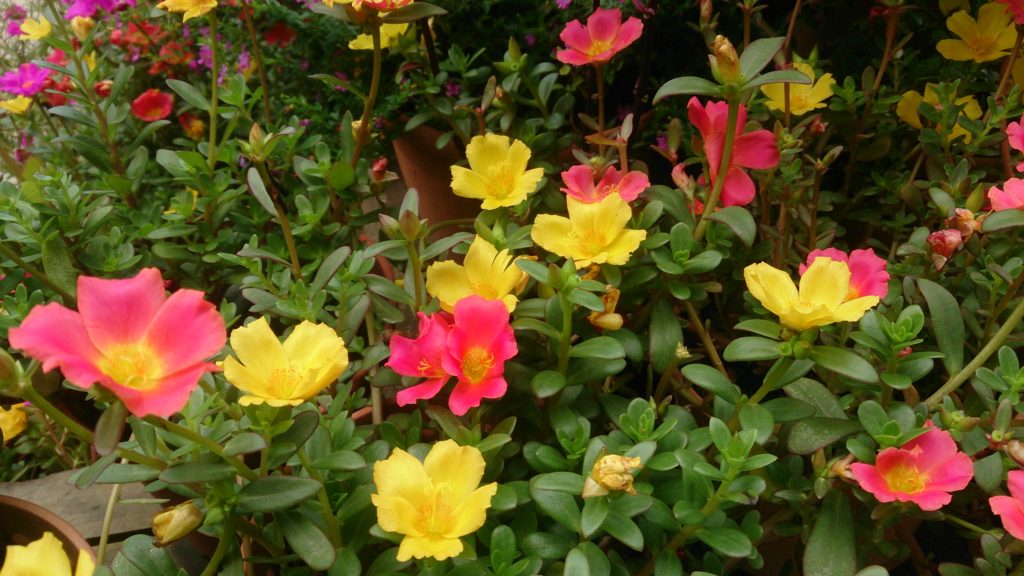
With recent rains AND warmer weather, we need to be extra mindful of watering properly. That means we can’t rely on the calendar to tell us when to water. We need to pay closer attention to plants and check to be sure they need water. Pro tip: Use a moisture meter! We carry them and can show you how easy they are to use. They’ve saved many plants! When it’s time to water, do it in the morning before 10am. Keep the water on the plants, soil, lawn, flowerbeds, not in the gutter, sidewalk, or street. Sprinkler systems are great for established lawns and landscapes but turn them off when we get rain, so you don’t over water and encourage fungal issues. Summer lawns need about 1 inch of water once a week.
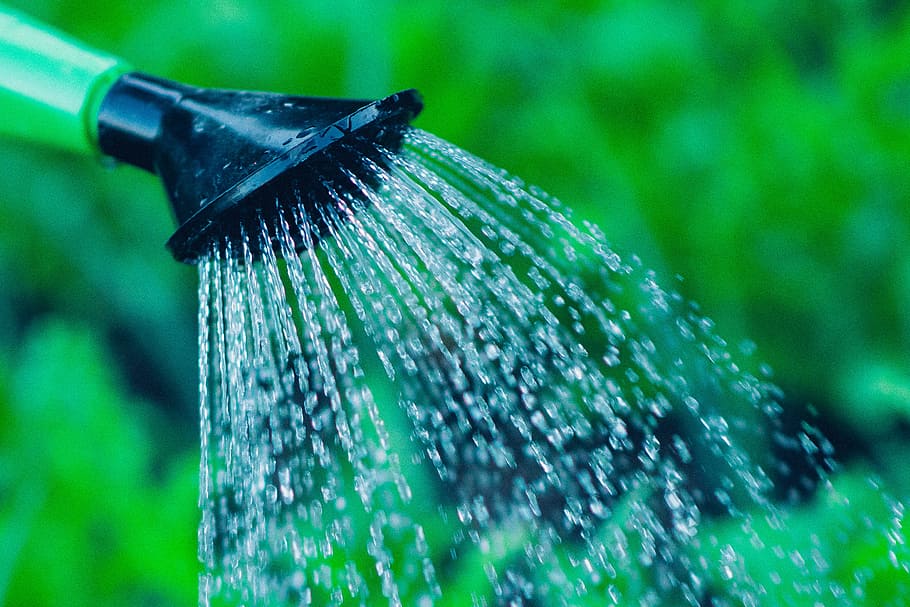
Houseplants are beautiful indoors & help rid the air of pollutants from fabrics, carpets, paints, and other household items. They also look spectacular outside on a shady patio set in pretty pots. Check out Sansevieria, Philodendron, & Hoya varieties for easy care and big impact! Pro tip: if you have a sad houseplant, try moving it to a shady spot outside for a few days to get some fresh air.
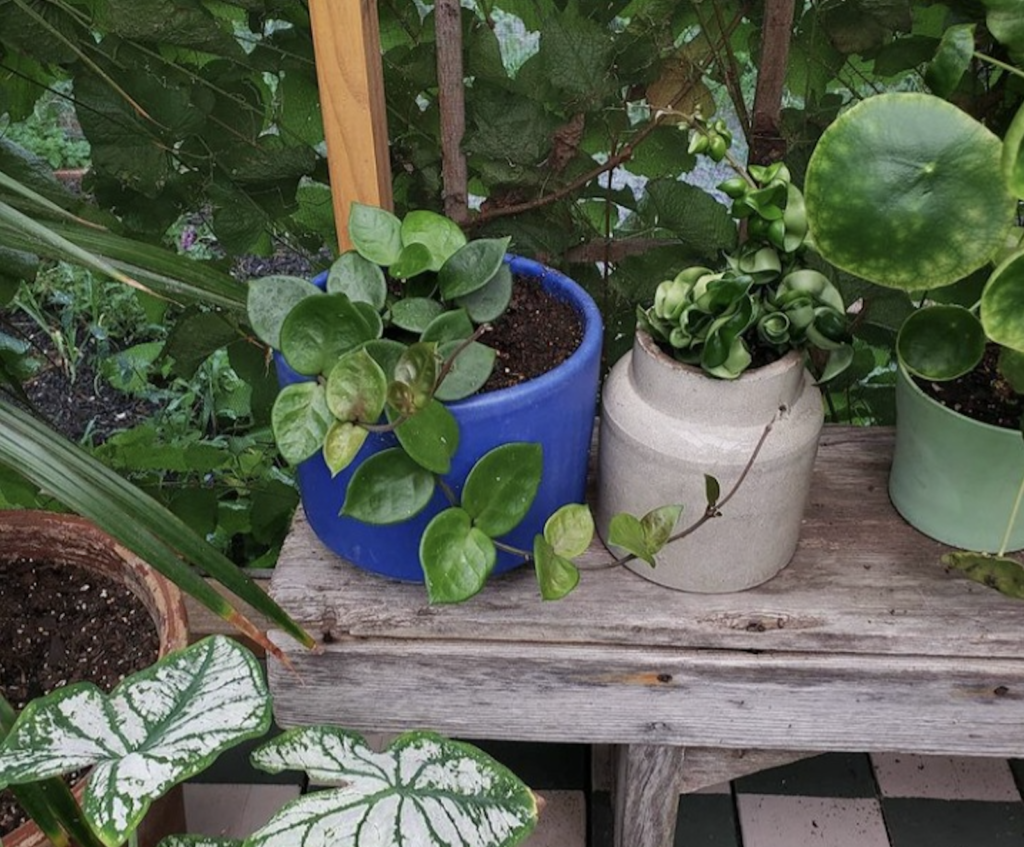
Yes, they will be around more during the Summer. Treat the lawn with Bayer Season Long Grub Control if you see brown areas in the lawn that are easily pulled up, usually a sign of grubs eating the roots of your grass. Chinch bugs love hot dry areas in lawns. They make the lawn look dried out along sidewalks and pavement. Treat with Cyonara in easy ready-to-spray bottles. For organic control, use Spinosad or Diatomaceous Earth. Remember that healthy lawns are less susceptible to damage from bugs, heat stress, and common lawn disease like Take All Root Rot. Water lawns deeply (a good 1”) once a week this Summer and fertilize every 3 months. If you fertilized in April, wait to feed again in July.
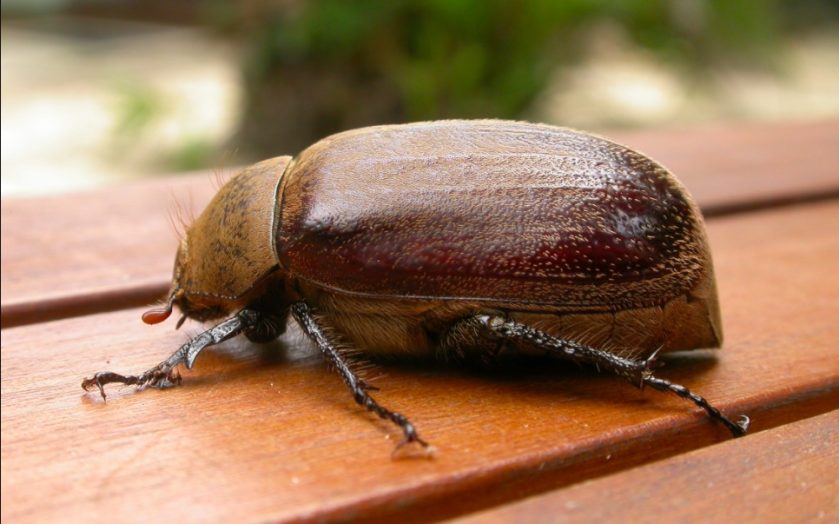
Crape Myrtle trees are just starting their Summer bloom cycle. Best to choose your color now while they’re in bloom, then plant and enjoy them for years to come. You must plan to water them or check them every day during this Summer. Crape Myrtles are water-needy when first planted.


If you’re looking for a fun Summer garden project, planting sunflowers is the ticket. They’re easy to grow, they grow super fast, you can try lots of different colors/sizes, and you get to enjoy and share gorgeous sunflowers all Summer. Such a fun project for kids (and adults too!). Here’s how.
First, plan your spot. Find a spot out in the open that gets full sun all day. Turn the soil and work in some Nature’s Blend compost and you’re ready to plant.
Start your seeds in peat pots or directly in the soil. Peat pots are nice because you can protect the seedlings in the house or on a covered patio, then transplant them (peat pot and all) into the ground once they get a little bigger. But if you want to skip this step, sunflower seedlings are hardy enough to get a good start outside directly in the soil.
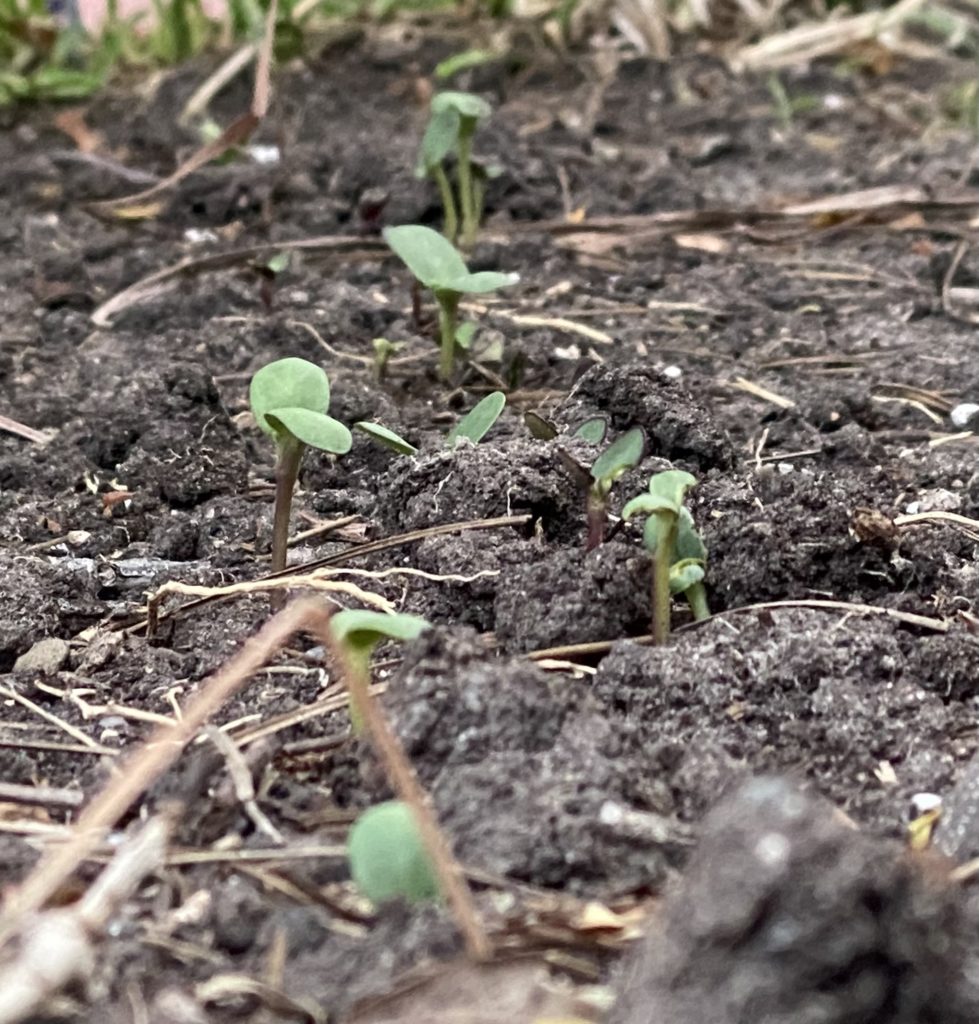
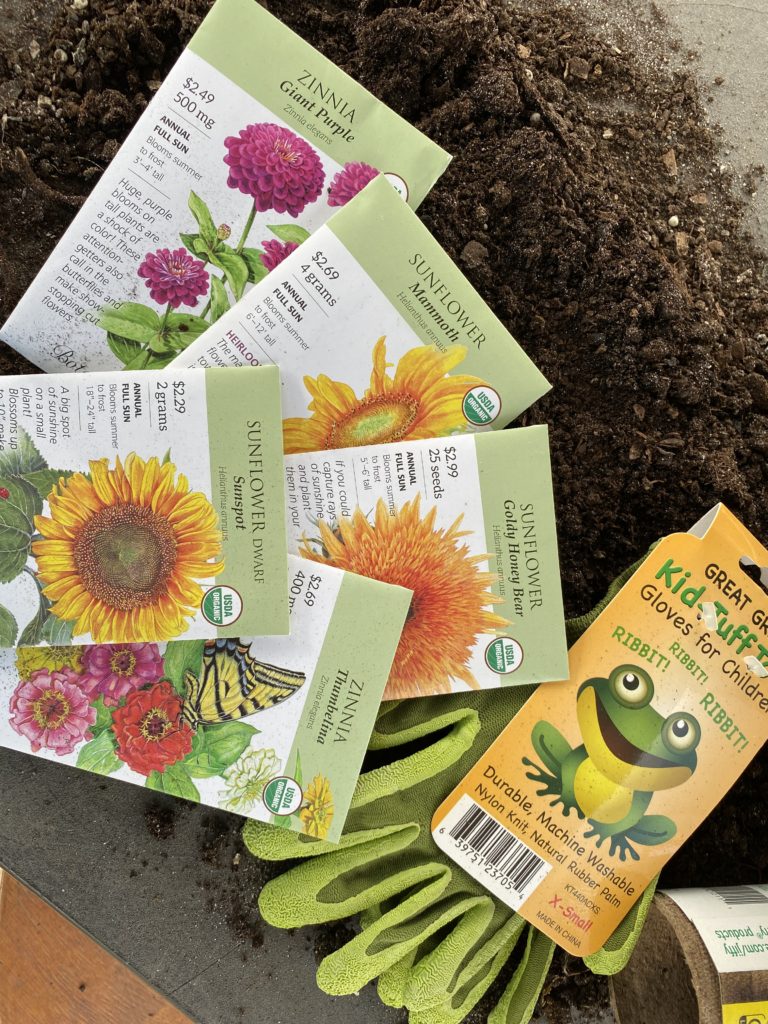
Plant sunflowers about 12-18” apart to give them room to grow. You can expect seeds to sprout in just a few days and grow really fast! Once they start growing, fertilize with liquid organic Hasta Gro for lots of blooms. These pictures are Debbie’s sunflowers in early July of last year and she planted them in late May! They only take about 4-6 weeks to start blooming, and the blooms typically last about 2 months. One of the fun facts about sunflowers is that their blooms follow the sun. The blooms face East in the morning, then turn and follow the sun throughout the day. Overnight, they slowly turn back toward the East and start again! The blooms will also attract helpful bees to your yard, and once the blooms fade, birds will come feast on the seed heads. You can harvest and eat the seeds from some varieties too ????

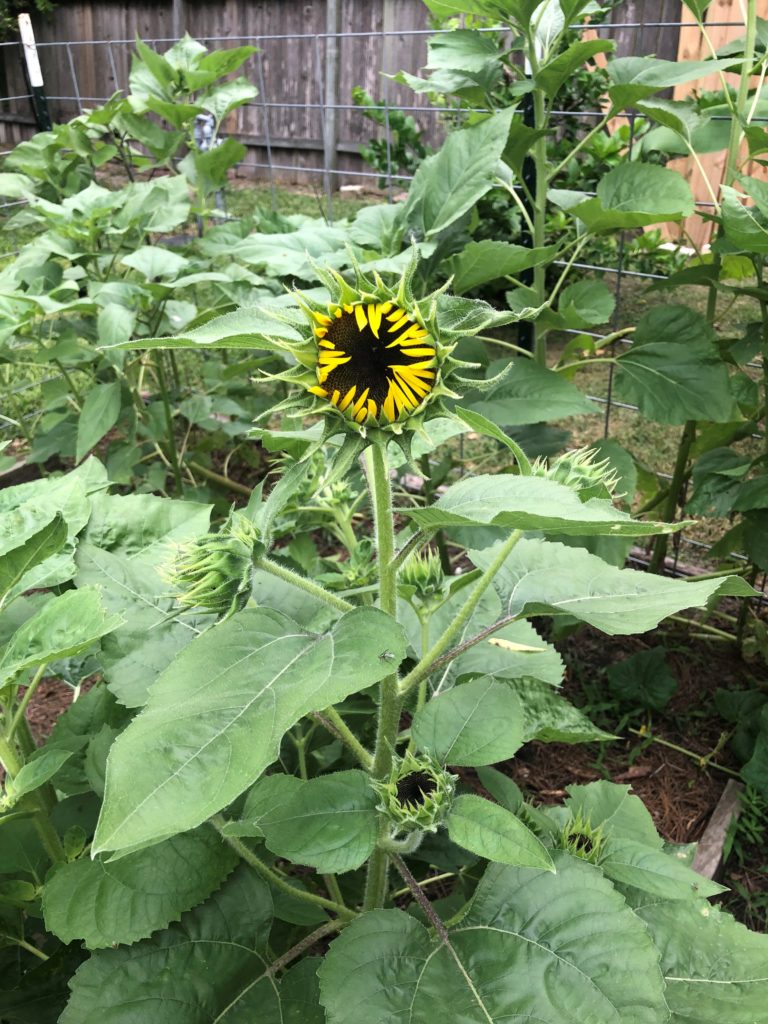
Why does Mark Scott, community leader and eight-term city councilman, grow zinnias? So he can keep fresh flowers on his wife Carol’s bathroom counter for a big portion of the year!
They were college sweethearts and have been married for 38 years. I think there’s a lesson for us all!
Mark and Carol welcomed me into their home a few weeks back. I wanted to see his zinnia garden in person. I’d seen it on social media and could tell from the photos he was serious about growing them. Come to find out, he purchases exotic zinnia seeds from all over the world; this year they came from Washington, California, Maine, England, Latvia, and Japan.

Zinnias grow native primarily in Mexico, as far south as Guatemala, and as far north as Colorado.
They are members of the Aster family and are closely related to the daisy. Zinnias were available by seed as early as the late 1700s, but it wasn’t until the mid-1800s when the French developed the double form of the plant that they became wildly popular in the United States.
Zinnias are one of the most giving summer bloomers in South Texas and they come in a wonderful range of colors from pinks, corals, and whites to yellows, purples, and oranges. You can buy one package of mixed California Giant Zinnias, plant them in your garden with full sun and regular watering and be sure to have flowers on your dining room table all summer long. My mother grew zinnias when I was a young girl because she loved the bright colors. And because they were easy!
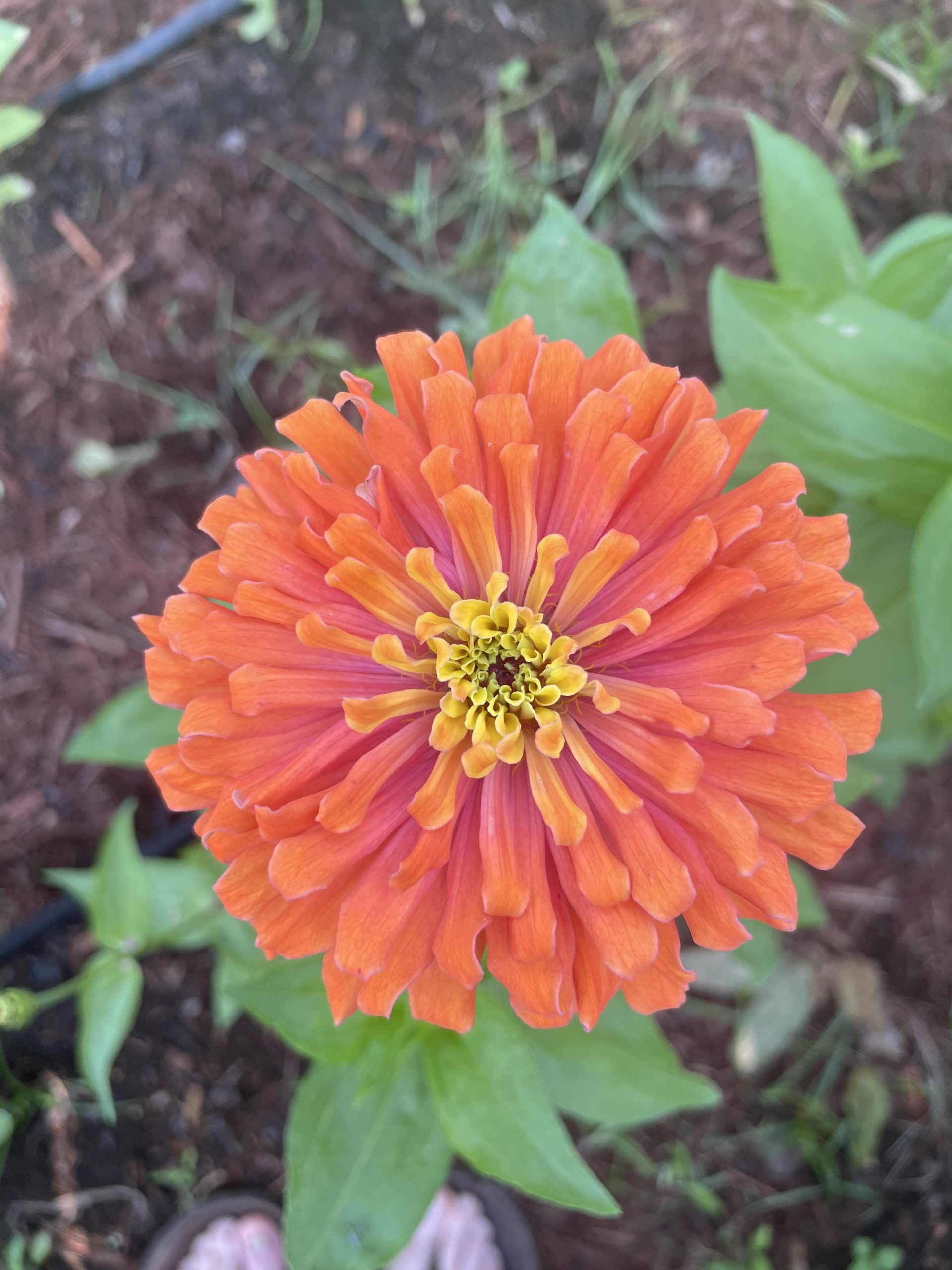

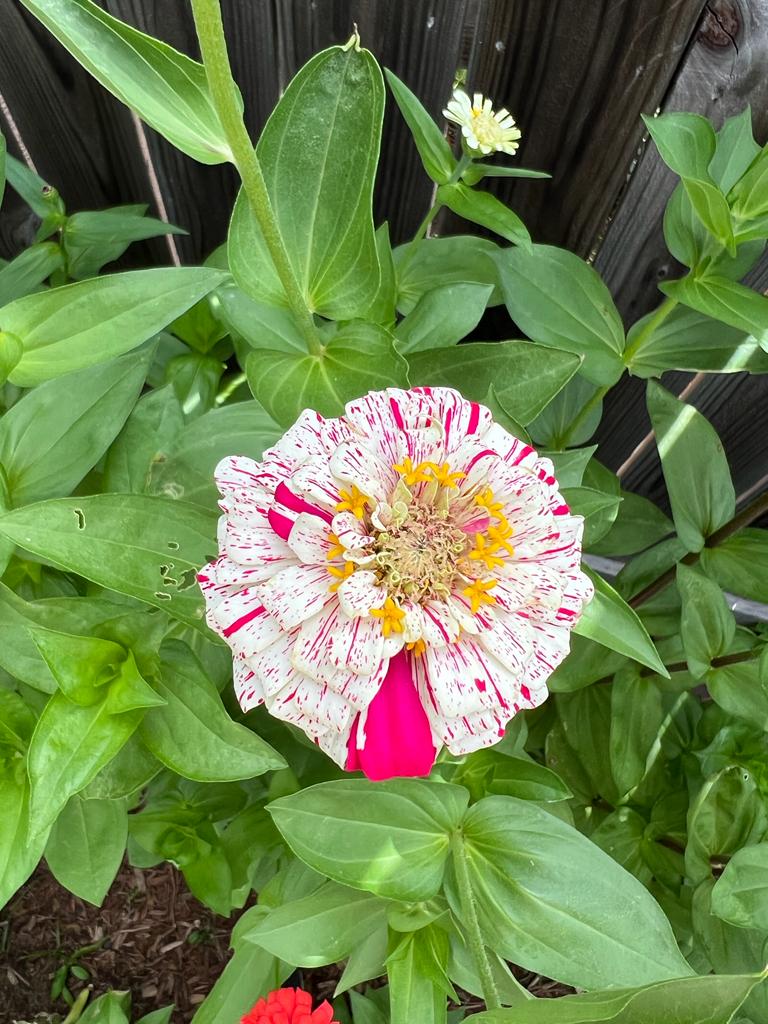
Mark dedicates about 10’ x 40’ of a sunny portion of his backyard to his zinnias. He works his soil each year in February with compost to enrich it and builds raised beds for planting his seed. He plants rows 24” apart with weed mat between each row. In March, Mark digs a small trench, drops seed in, and once seedlings are 2” tall (within about a week) he pulls excess seedlings to give plants room to grow. Zinnias are prone to getting a bit of fungus on leaves if they stay wet so Mark uses soaker hoses to water from below. That keeps the soil moist and leaves dry!
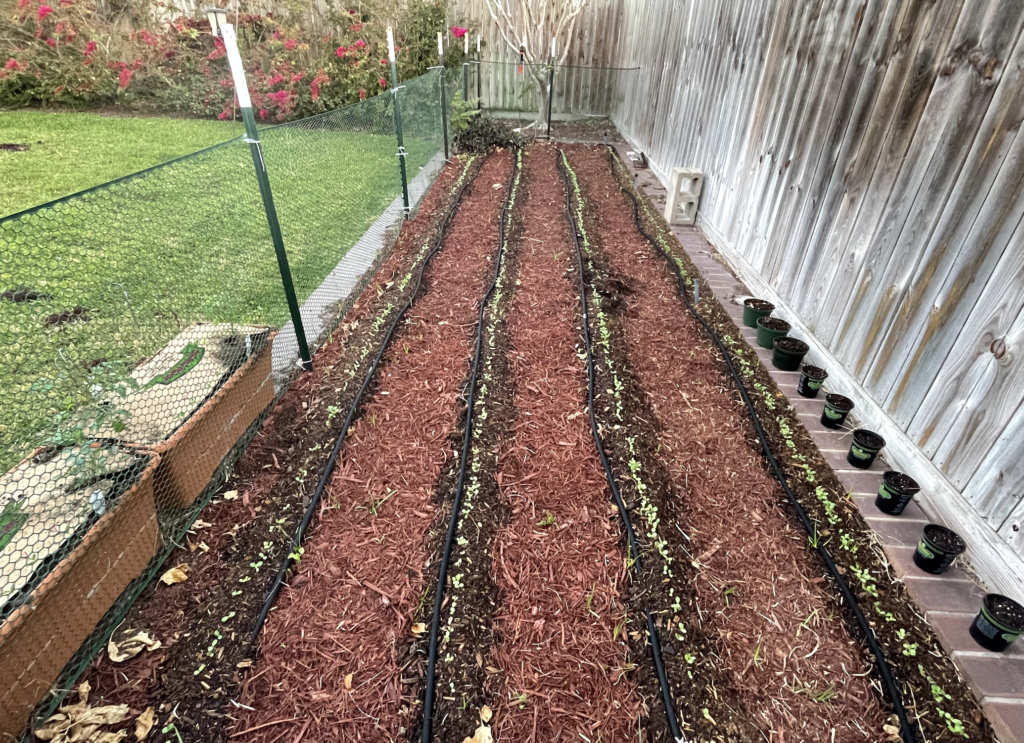
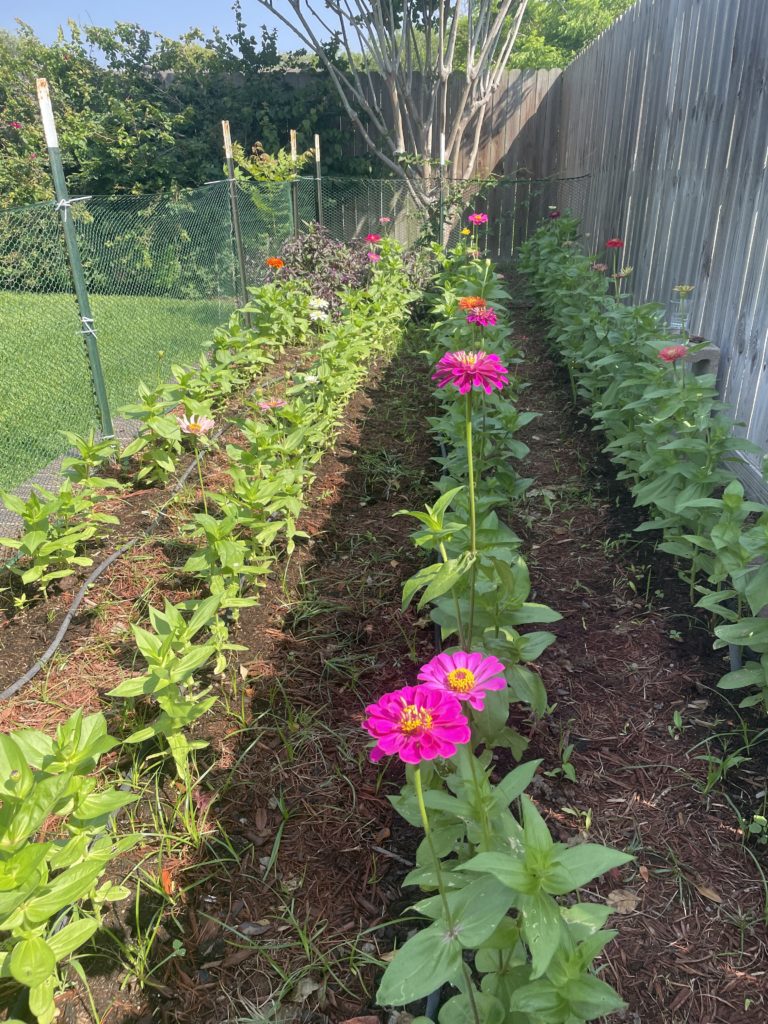
Mark loves sharing his zinnias. Beyond gifting his flowers to Carol – especially the purple blossoms – her favorite, Mark delivers them to his friends and family. People know when they open their front door and see a mason jar with zinnias on the front porch, Mark has been there. What a great way to make a person’s day better!!
Mark begins every morning outside. After a bike ride, he sits in his beautiful courtyard, shaded by pecans and oak, and plays fetch with his dogs. Carol and Mark spend time most evenings in their courtyard, drinking a bit of wine, picking and pruning on their plants, and reflecting on the day. Their love of nature and family and friends is beautifully reflected in their garden; thank you for sharing your gift with us, Mark and Carol!

– Sally Gill
South Texas Summer is here, officially! Stay cool and garden on! Some plants need more love during the Summer, but lots of others don’t even start thriving and looking their best until temps stay above 90. Here are a few standouts to plant right now.
Firebush (Hamelia patens)
Blooms all summer, top hummingbird plant, easily pruned/shaped, and grows 6-8’ tall – perfect for a fence line. Loves heat and can handle cold too.

Esperanza (Tecoma stans) – all varieties
Loves summer temps and blazing sun. Classic yellow-blooming varieties that grow 6-8’ tall, or the pictured Sparklette variety that stays 3-4’ tall with golden-yellow trumpet flowers with red throats. Blooms all Summer and into the Fall, and the lightly fragrant blooms attract hummingbirds, butterflies, and bees.
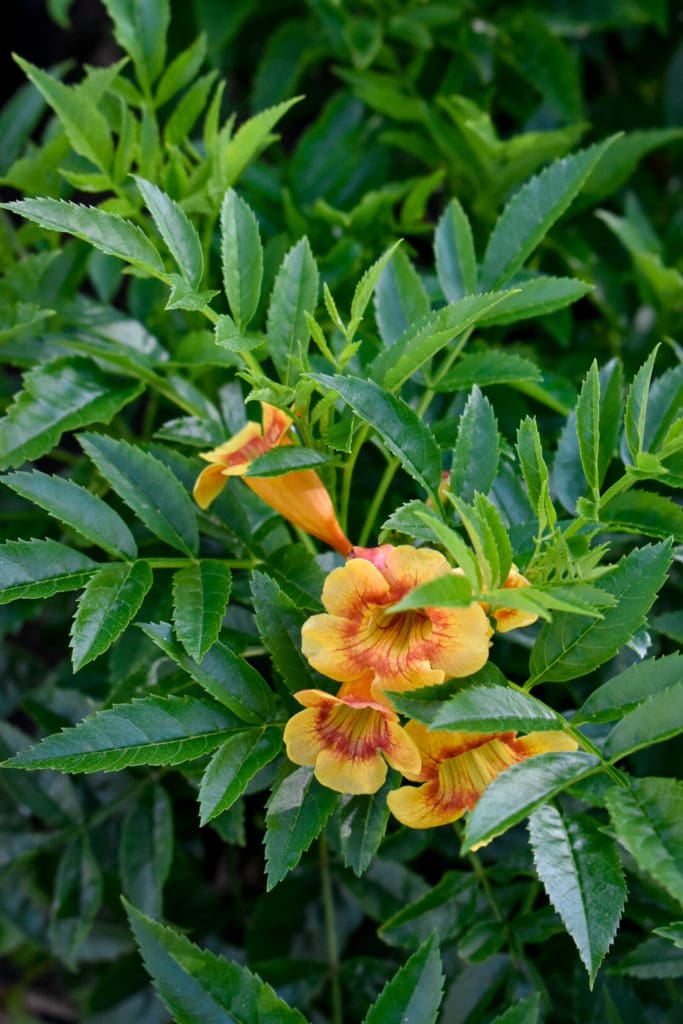
Duranta (Duranta erecta)
Starting to bloom all over town with consistent summer temps. Can be treated as a shrub or pruned up into a beautiful small tree. Hummingbirds and bees love it.

Firecracker plant (Russelia equisetiformis)
Lives up to its name with big sprays of bright red blooms. Prefers high temps and works well in rock beds or spilling over raised planters.
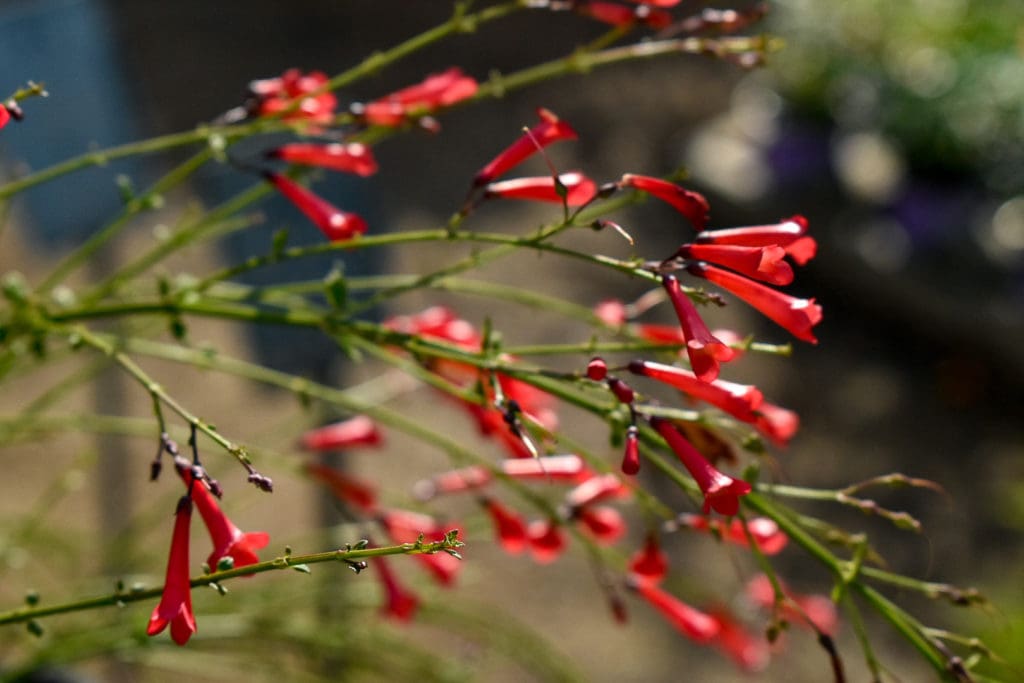
Pride of Barbados (Caesalpinia pulcherrima) aka Dwarf Poinciana
Thrives in the hottest parts of summer, requires little water, feeds pollinators, and pairs well in the landscape with other tropicals and desert plants too. People in the Caribbean and South America have used the leaves of the plant to treat kidney stones, Malaria, and bronchitis.

Lots of fun to be had this Summer – holidays, BBQs, weekend trips, and landscape projects! Here are our top must-do’s to keep your plants healthy and happy this July.
Check out our July Garden Guide for more tips and remember that trees, shrubs, and perennials can be planted 12 months out of the year! The only difference is the amount of water they need depending on temperatures and wind!
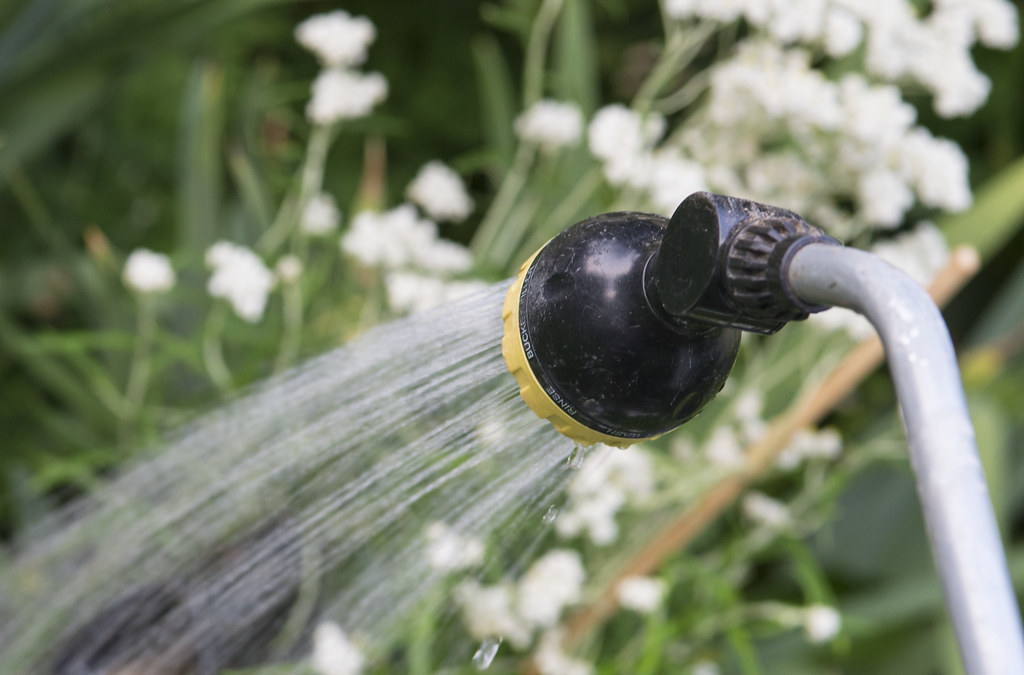
Proper hydration happens when you get water down to the root ball of the plant. This means watering deeply not more frequently. Run irrigation systems or sprinklers once a week before 10am or after 6pm per current city watering rules – this is what we recommend for summer watering even when restrictions are lifted. Long, slow, deep drinks for plants, trees, and lawns!
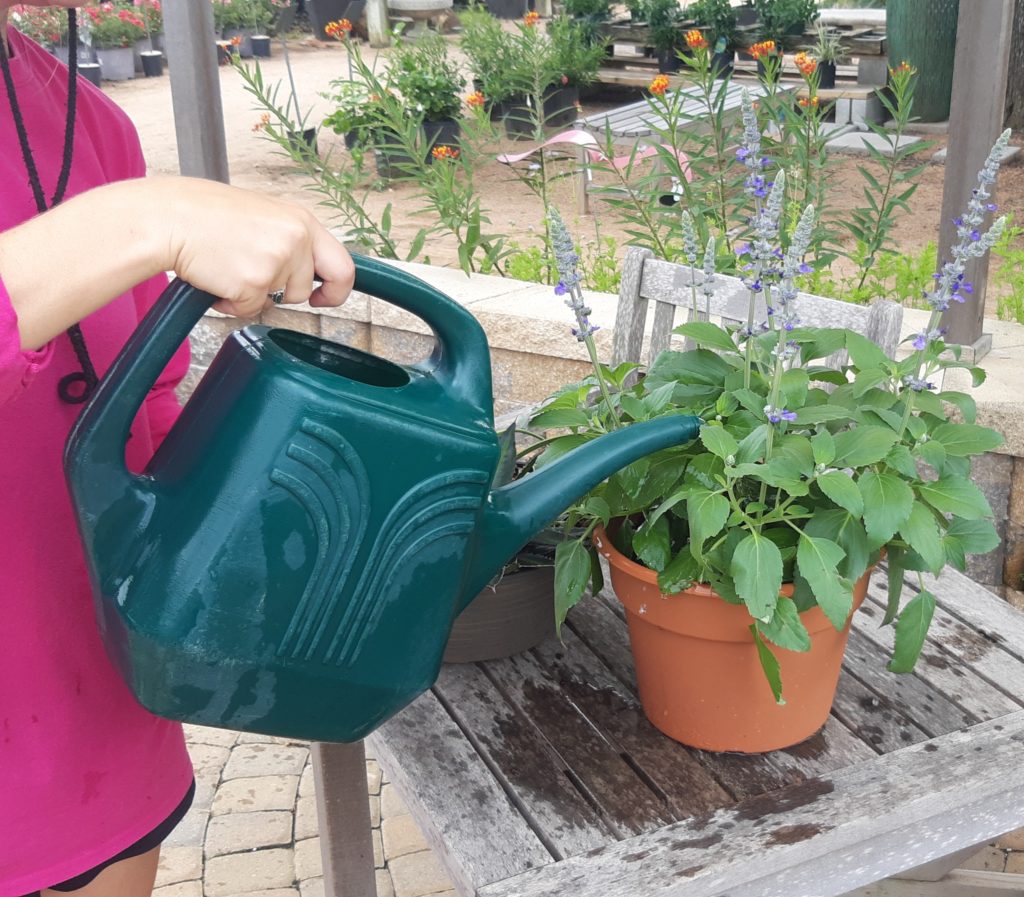
Be sure to have a trusted plant-sitter come water your plants while you’re away on summer excursions! It’s a good idea to spend a little time showing them how you water. Don’t just write it down, walk them through it. You know your plants and which ones get tired and thirsty the fastest.
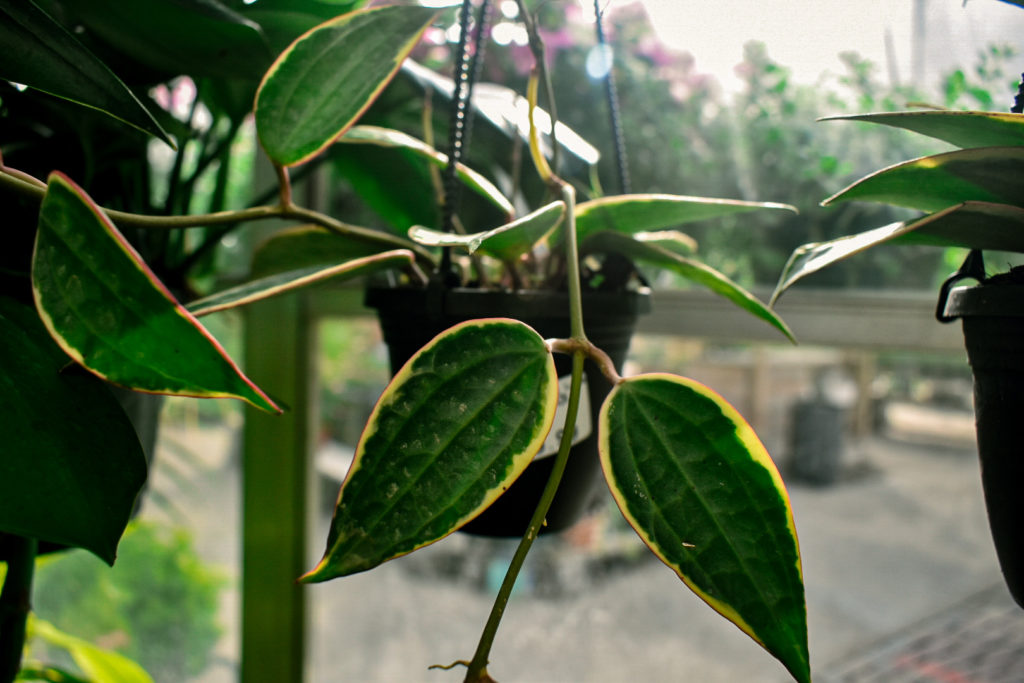
Now’s a great time of year to work on your cool indoor jungle. The greenhouse is restocked with all kinds of interesting choices, including the pictured Hoya macrophylla aka “wax plant” or “honey plant”. The variegated edges become vibrant pink with more sunlight, and it blooms beautiful fragrant star-shaped flowers. Great to hang/drape in medium to bright indirect light. Keep in mind that constant A/C indoors will dry out plants. Keep an eye on watering (use a moisture meter) and don’t place houseplants near an A/C vent. We are experimenting with a small humidifier on one of our indoor plant shelves.
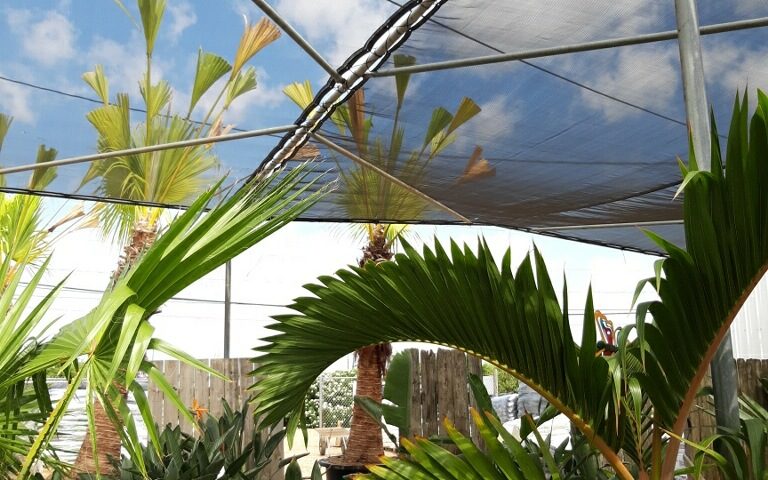
We find lots of uses for shade cloth here at Gill’s. It’s great for shading plants, of course, and can also be used to block wind. It’s also an excellent addition to a pergola, breezeway, or outdoor dining area to create some extra shade this Summer. Easy to cut to the custom size/shape you need.
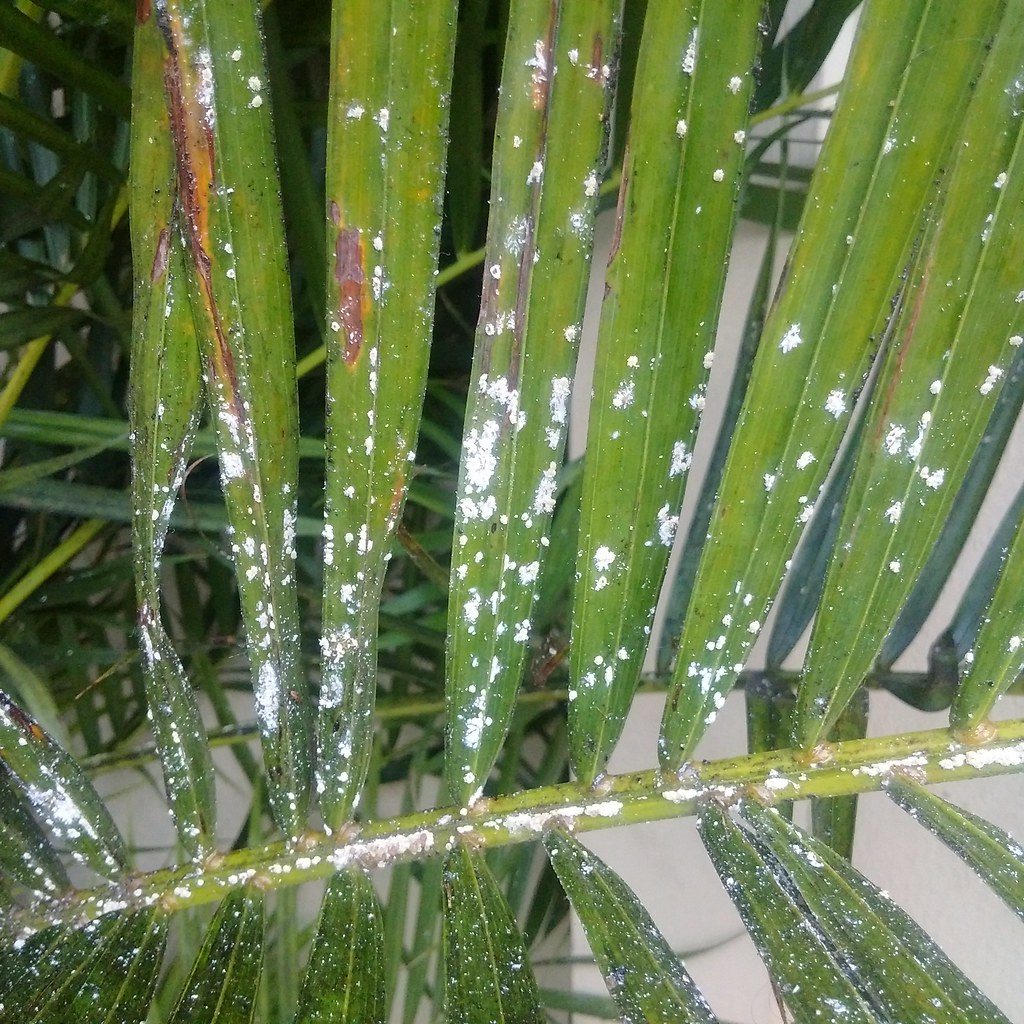
Not all bugs are bad, so it’s important to know your bugs before you spray anything, even organics. A few bugs here and there is probably not cause for alarm. If you do get an infestation, cut the plant back first, give it some fertilizer, then treat for bugs. By pruning first, you won’t have to treat every leaf on the whole plant. We see plants come back better than ever using this method. If you’re not sure about bugs or pruning, we’re here to help.
Are you interested in houseplants, but worried about keeping them looking their best? Or maybe you’d love to give a houseplant as a gift, but you’re concerned about the recipient’s not-so-green thumb? We’ve got you covered. Here are 3 groups of houseplants (with lots of different varieties) that don’t need much TLC to be happy.
Sansevieria (aka Snake Plant)
Excellent 1st plant for new indoor gardeners. They can thrive in a variety of light conditions including low indoor light. Dislikes too much water, so only water once the soil is dry. There are about 70 species of Sansevieria, including this variegated Whale’s Fin.
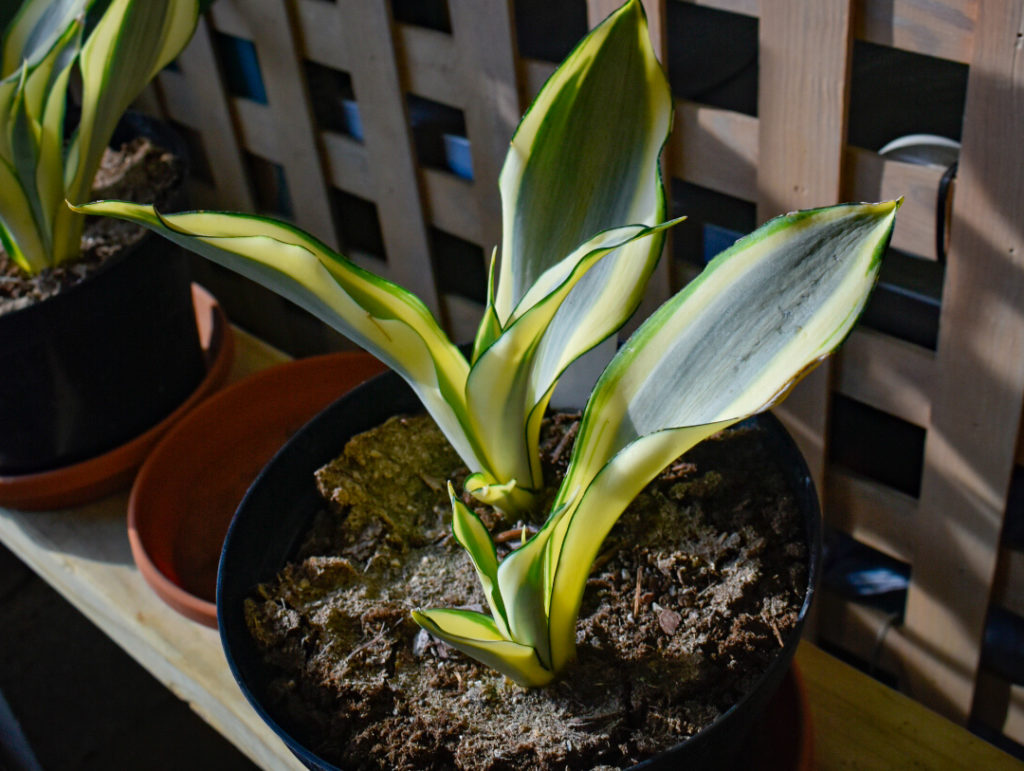
Aglaonema (aka Chinese Evergreen)
Most tropical houseplants like humidity (think jungle), but Aglaonema can handle dry indoor conditions well. They do great in medium indirect light but can tolerate low light too. And if you occasionally forget to water, Aglaonema will forgive you.
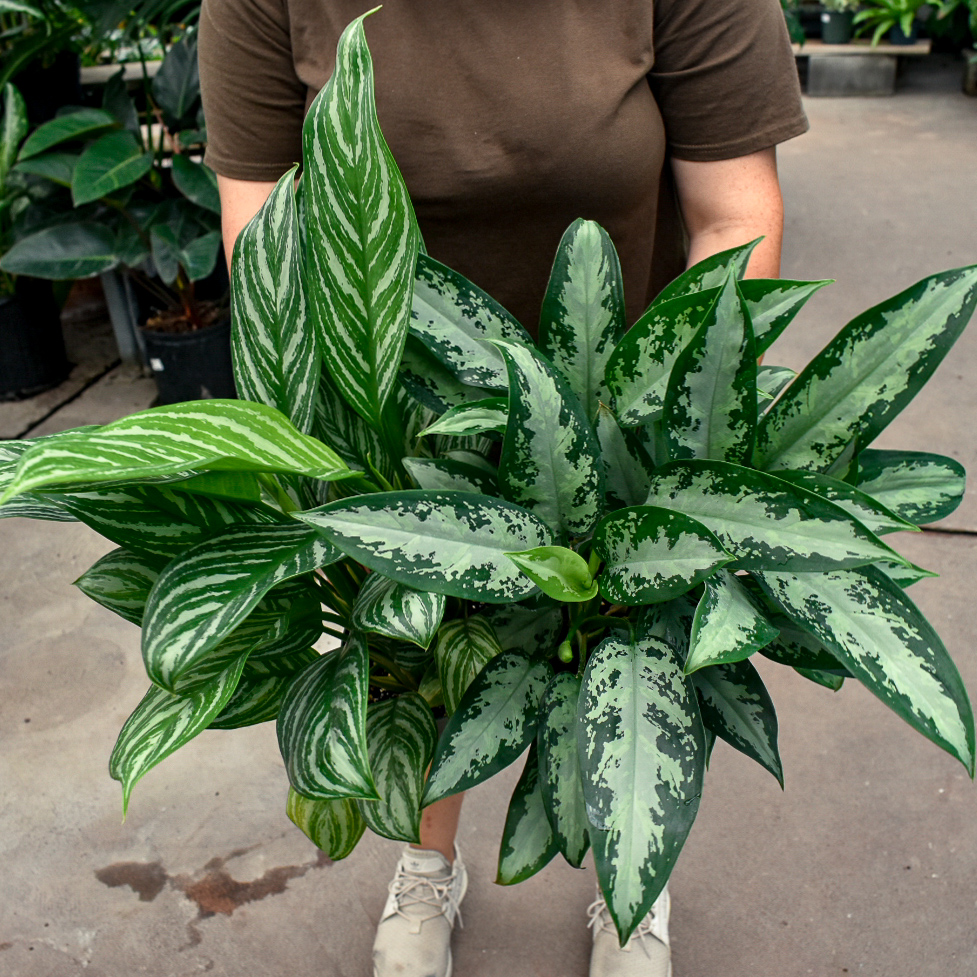
Zamioculcas zamiifolia (aka ZZ plant)
Planning a long vacation? You won’t need a plant-sitter for your ZZ plant. They can easily go a while between waterings. Water well, then be sure the soil is dry before watering again. You can use a soil probe (or a chopstick) to check soil moisture and to create aeration holes to help funnel water to the roots when it’s time to water.
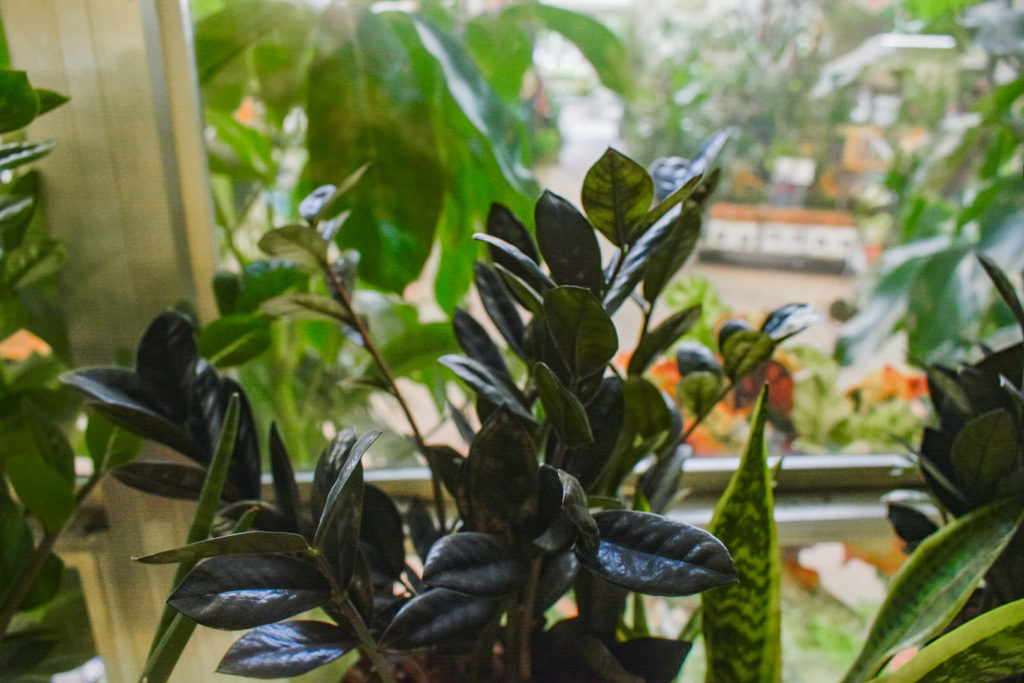
If you know you are watering well, but still see edges of lawn near the sidewalk and driveway that look dry and wilted, you might have chinch bugs. Here’s a quick video on how to identify.
Once you determine that chinch bugs are present, you can treat with hose-end Cyonara or Diatomaceaus Earth for an organic control.
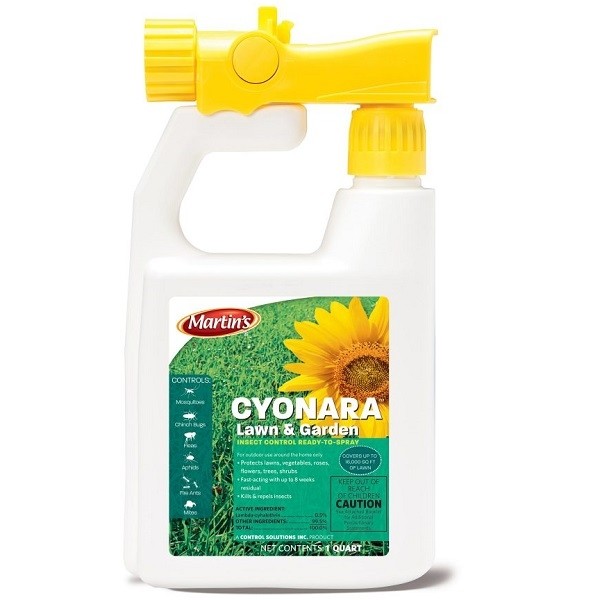
Keep in mind: Chinch bugs are more likely to attack a dry stressed lawn before a healthy, well-hydrated lawn. Give lawns a deep drink (a good 1” of water) once a week, in the morning. Deep drinks encourage roots to grow deeper, which makes lawns more resilient to dry conditions and to pests.